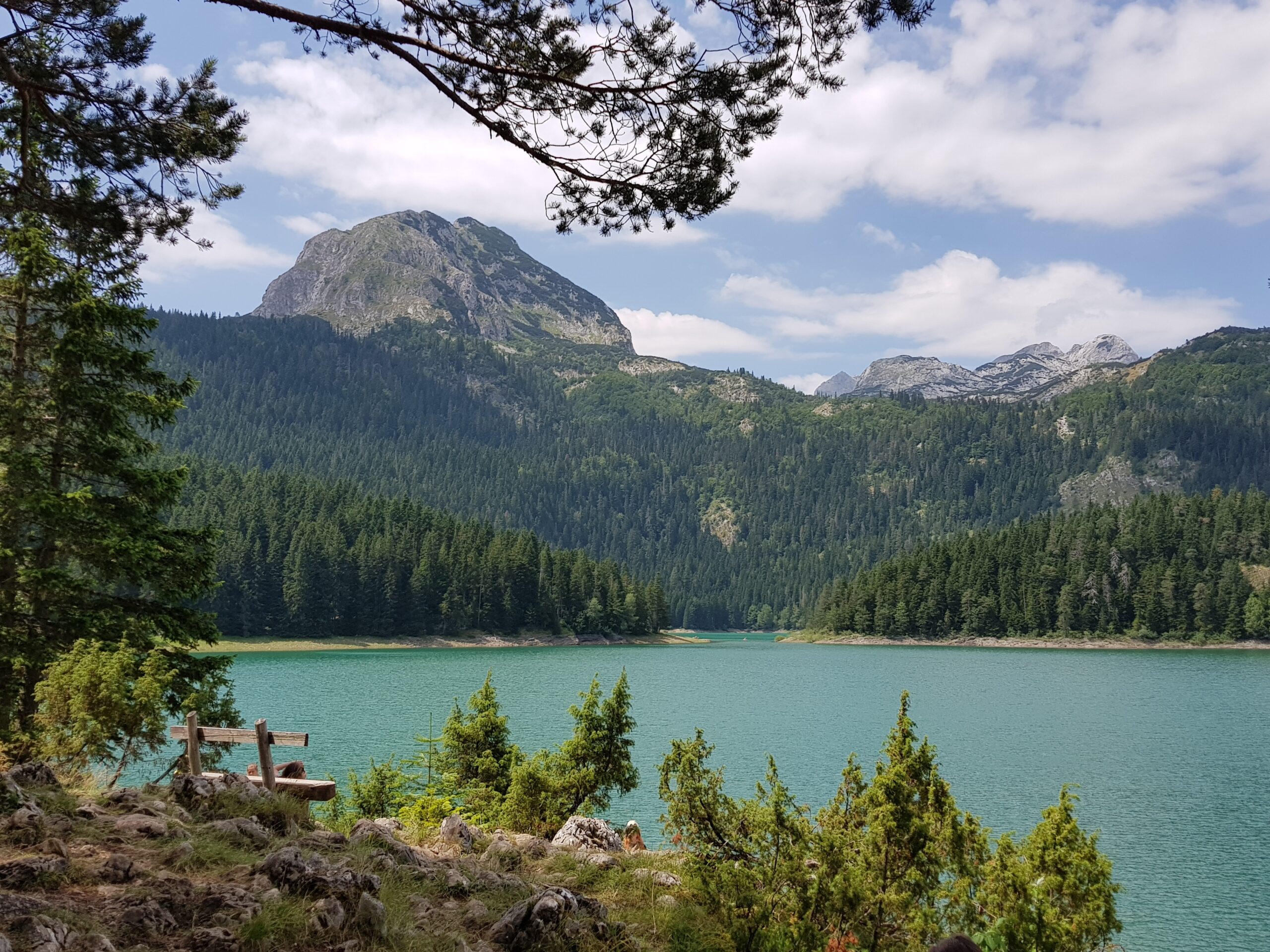Enter Your URL
Enter URL is required
Jungle Farms
Process Investing in Jungle Farms

Invest in Jungle Farms
Invest in secure Jungle Farms to guarantee long-term sustainability and efficiency.

Minimum 12% Return
Invest in sustainable Jungle Farms and receive 12% returns on your investment.

Zero Percent Risk
Enjoy 0% risk investment in Jungle Farms for secure, profitable returns.

Bank Guarantee
A bank guarantee that has been issued will guarantee risk-free cooperation in Jungle Farms.
Jungle Farms Investing with a High Return
Investing in Jungle Farms with a high return involves exploring sustainable agroforestry projects and ethical agriculture initiatives. Prioritizing biodiversity conservation, such investments may support projects focusing on wildlife preservation, habitat restoration, and sustainable tourism. Additionally, opportunities that positively impact local communities by providing employment and fostering social development are considered. Aligning with environmental sustainability, investments can target ventures incorporating technology for precision agriculture and resource optimization. However, navigating the complexities requires careful consideration of environmental and ethical implications for a balanced and impactful approach to jungle farm investing.
- Jungle farming for long-term, high-yield profits.
- Invest in legal, environment-responsible agricultural projects.
- Supports projects that secure jungle wildlife and habitats.
The Art of Jungle Farms Experiences
Jungle Farms is not a well-known word, but it refers to farming methods in or near rainforests, which causes environmental problems. The juxtaposition of farmland and rainforests offers issues due to potential deforestation, habitat loss, and disruption of delicate ecosystems. These areas, such as the Amazon Rainforest and the Congo Basin, are critical for global climate regulation and are home to a vast range of wildlife. Agriculture in such environments may cause irreparable damage, impacting local communities and endangered animals. Conservation initiatives are critical for balancing agricultural requirements with ecological preservation. Striking a sustainable balance is critical to ensuring the long-term health and resilience of these precious rainforest settings.
- One of the oldest rainforests, rich in wildlife, including orangutans.
- Largest national forest in the U.S., diverse ecosystems, and wildlife.
- Unique cloud forest, rich biodiversity, birdwatching haven.
- Mangrove forest, home to Bengal tigers and diverse aquatic life.
- Coastal rainforest, bears, salmon, Indigenous cultural significance, conservation efforts.
- Oldest tropical rainforest, diverse wildlife, canopy walkway, eco-tourism.
- Largest South American rainforest, biodiversity crucial for climate, faces deforestation.
- Central Africa's vast rainforest, diverse ecosystems, rich wildlife, conservation challenges.
The Jungle Farms Journey

Congo Basin

Monteverde Loud Forest Reserve

The Taiga

Tongass National Forest

The Great Bear Rainforest

Taman Negara

The Sundarbans

Amazon Rainforest

Borneo Rainforest
Grow Profits: Invest in Jungle Farms
Investing in Jungle Farms represents a chance to investigate agroforestry ventures with a focus on sustainability. Consider the growing market demand for products obtained ethically and from the jungle. It is critical to mitigate the dangers associated with jungle farming, such as environmental conditions. Furthermore, incorporating precision agricultural technologies can boost output. For educated investment decisions, it is critical to assess the particular challenges and regulatory issues connected with jungle agriculture. This initiative corresponds with the growing interest in environmentally sensitive and sustainable agriculture techniques, and it has the potential to provide economic returns in the changing market scenario.
